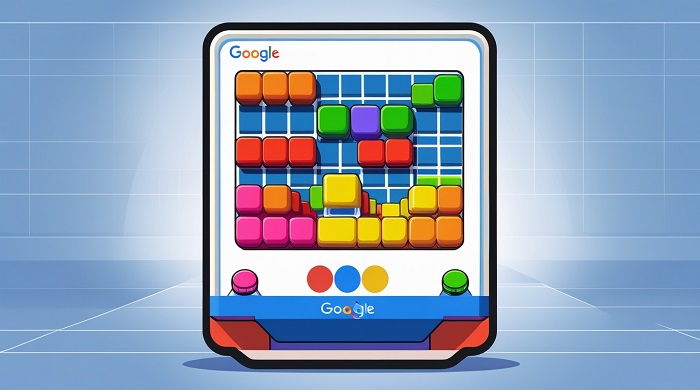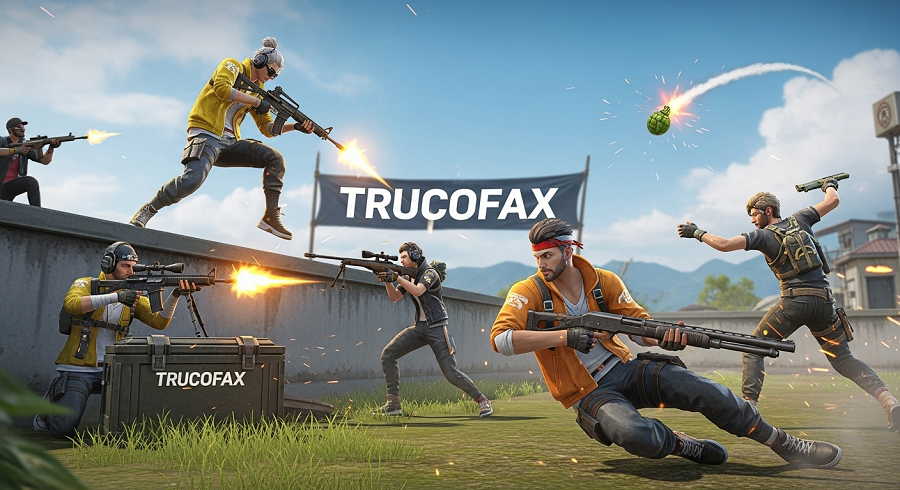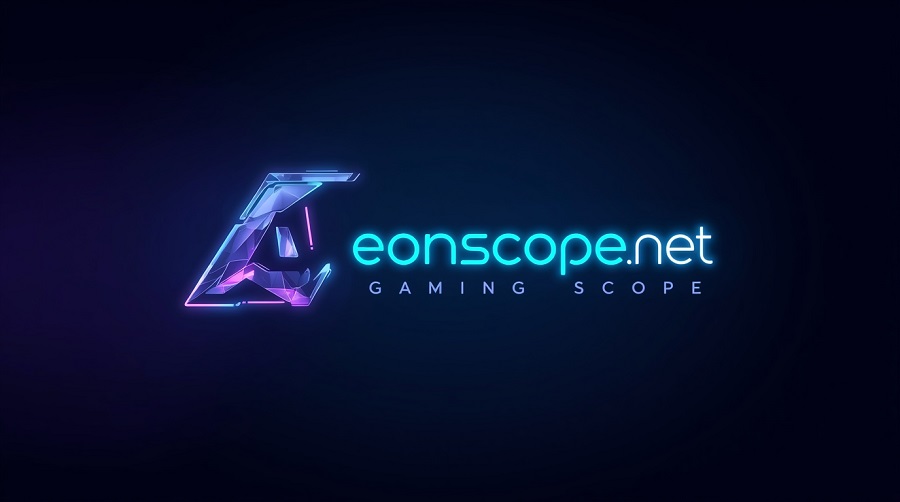Introduction to Google Block Breaker
The digital world is filled with hidden gems and playful experiments that go beyond everyday productivity tools. Among these treasures is Google Block Breaker, a fascinating arcade-style game that brings nostalgia, entertainment, and a unique touch of creativity into the Google ecosystem. For many people, Google is simply a search engine, a place to look up answers or perform research. However, over the years, the company has embedded numerous Easter eggs, experimental features, and mini-games that users can enjoy. Block Breaker, sometimes referred to as Atari Breakout on Google, is one such hidden gem that blends the thrill of classic brick-breaking arcade games with the convenience of modern technology.
When players first encounter Google Block Breaker, they are often surprised that such a game exists within a platform primarily designed for information search and productivity. Yet, that is the charm of Google’s playful culture: balancing innovation with fun. This article takes you through the complete story, features, gameplay mechanics, and cultural importance of Google Block Breaker. By the end, you will have a clear understanding of why this game has remained so intriguing and how you can make the most of it today.
The Origins of Block-Breaking Games
Before diving into Google’s version, it is important to understand the legacy of block-breaking games. The roots trace back to the mid-1970s with the legendary game Breakout, developed by Atari. Breakout was designed as a paddle-and-ball game where the player controlled a paddle at the bottom of the screen, bouncing a ball upward to smash rows of bricks. This seemingly simple concept laid the foundation for countless adaptations and spin-offs.
Breakout itself was not just a game; it was a cultural shift. Developed with the involvement of Steve Wozniak and influenced by Steve Jobs, it inspired later designs in the world of video games. The addictive simplicity of smashing blocks while avoiding losing the ball quickly captured arcade audiences worldwide. The game mechanics became a staple in early gaming history, later evolving into more complex versions with power-ups, multi-ball features, and advanced level designs.
Google’s Block Breaker directly pays homage to this lineage. By integrating such a classic concept into its own platform, Google not only honored gaming history but also demonstrated its appreciation for interactive fun.

Google’s Take on Block Breaker
Google is well known for its Google Doodles and hidden Easter eggs that appear in search results during anniversaries, events, and holidays. Over the years, these doodles have included playable games, puzzles, and interactive elements. Google Block Breaker fits neatly into this playful spirit.
The most famous version of Google’s Block Breaker appeared when users typed “Atari Breakout” into Google Images. Instead of receiving typical image results, the screen transformed into a fully playable block-breaking game. The images themselves were arranged as blocks, and players could move a paddle at the bottom to bounce a ball upward and smash them. This clever use of the search engine’s interface turned a simple query into an interactive gaming session.
The game was met with delight by millions of users. It quickly became viral as people shared the discovery across social media, turning what could have been an ordinary search into an exciting digital surprise. Google’s Block Breaker demonstrated that the company’s creativity extended far beyond its core mission of indexing the web.
How to Play Google Block Breaker
Playing Google Block Breaker is straightforward, but mastering it requires sharp reflexes and timing. Once the game begins, you see a paddle at the bottom of the screen and a ball bouncing upward. Your task is to move the paddle left or right to keep the ball in play while directing it toward the colorful blocks above. Each time the ball hits a block, the block disappears and you earn points.
The physics are simple yet engaging. If you fail to catch the ball with the paddle, the game ends. However, the satisfaction of clearing rows of blocks makes the challenge worthwhile. Some variations of Block Breaker also include power-ups like widening the paddle, introducing multiple balls, or increasing ball speed. In Google’s version, the game is stripped down to its essentials, keeping the focus on pure arcade fun.
What makes the game unique is its integration with Google Images. Instead of standard blocks, the blocks are actual image thumbnails from search results, giving each play session a slightly different look and feel. This creative twist enhances replay value and ties the game back to Google’s core function—search.
Why Google Block Breaker Became Popular
Several factors contributed to the popularity of Google Block Breaker. First, it tapped into nostalgia. Many players grew up with arcade-style games, so seeing a modern company like Google resurrect the concept sparked fond memories. Nostalgia, combined with the accessibility of the game, made it instantly appealing.
Second, it was hidden in plain sight. Unlike traditional games, Block Breaker was not heavily promoted. It was discovered by users who experimented with Google searches. This sense of discovery created excitement and encouraged people to share the secret with friends, spreading it virally.
Third, it represented Google’s culture of fun and experimentation. By embedding playful experiences into its products, Google built goodwill with its users. Block Breaker was not monetized or pushed aggressively; it was simply a gift of entertainment. In today’s digital world, such surprises are rare and valuable, making them memorable long after their initial release.

The Technology Behind Google Block Breaker
While Block Breaker may appear simple, its underlying technology is clever. The game leveraged HTML5 and JavaScript, allowing it to run seamlessly within a web browser without requiring additional plugins. This lightweight design ensured that almost anyone could play it instantly, regardless of device or operating system.
Google’s choice to use images as the block elements showcased its mastery of web design and functionality. By dynamically generating blocks from search results, the company proved how flexible its interface could be. This blending of functionality and fun blurred the lines between utility and entertainment in a way few companies have attempted.
Moreover, the integration demonstrated the scalability of browser-based games. Unlike heavy applications, HTML5 games load quickly, work across platforms, and adapt to different screen sizes. This is why Google’s Block Breaker became not only fun but also a showcase of technical innovation.
The Cultural Significance of Google Block Breaker
Beyond being a fun diversion, Block Breaker carried cultural weight. It bridged the gap between generations of gamers, introducing younger audiences to the heritage of arcade games while giving older players a chance to relive fond memories. It also symbolized the playful side of technology companies, reminding users that innovation does not always have to be serious.
The viral success of Block Breaker also highlighted the power of hidden features in digital platforms. Google has long used Easter eggs and secret games to keep its brand exciting, but Block Breaker stood out because of its simplicity and universal appeal. Everyone could understand it, regardless of age, language, or gaming experience.
In educational contexts, Block Breaker even found a role in teaching basic principles of physics, motion, and programming. Teachers and developers often used similar games to explain concepts like velocity, angles, and collision detection. Thus, what started as a playful Easter egg also contributed indirectly to learning and inspiration.
Comparisons With Other Google Games
Google has produced several famous games and Easter eggs over the years, including the Dinosaur Game on Chrome, the Pac-Man Doodle, and interactive doodles for anniversaries of legendary games. Among these, Block Breaker stands out for its clever use of Google’s own interface. While the Chrome Dinosaur Game appears when you are offline, and Pac-Man was featured as a homepage doodle, Block Breaker turned the act of searching into gaming.
Each of these games carries its own charm, but Block Breaker has a special place because of its unexpectedness. It was not tied to a holiday or anniversary but rather linked to a search query. That level of creativity captured user imagination in a unique way.
The Current Status of Google Block Breaker
One of the most common questions about Google Block Breaker is whether it still works. Over time, Google has modified its search algorithms and interface, which means the original “Atari Breakout” Easter egg is not always available. At times, the game disappears from Google Images, frustrating fans who want to revisit the fun.
However, the legacy of Block Breaker continues through alternative versions. Developers have recreated the game on independent websites, and mobile app stores are filled with block-breaking games inspired by the same concept. While the direct Google Easter egg may not always be accessible, its influence ensures that players can still enjoy the experience in other forms.
For many, the memory of discovering Block Breaker on Google remains special, even if the feature is no longer consistently supported. It demonstrates how powerful an Easter egg can be in creating long-lasting digital memories.
Why Google Embraces Playful Features
The inclusion of games like Block Breaker reflects Google’s broader philosophy of blending work with play. Technology companies often face criticism for being too focused on efficiency or profit, but Google’s playful Easter eggs soften its image. They humanize the brand, showing that the company values fun and creativity as much as innovation.
Playful features also serve as a reminder that technology should be enjoyable, not just functional. In an era where digital tools dominate daily life, moments of delight are valuable. They transform routine interactions, such as performing a web search, into experiences that spark joy and conversation. Block Breaker perfectly encapsulates this philosophy.
The Future of Google Easter Egg Games
Looking forward, the legacy of Block Breaker suggests that hidden games will continue to play a role in Google’s ecosystem. As technology evolves, we can expect more advanced Easter eggs, possibly using virtual reality, augmented reality, or AI-driven interactivity. While the classics like Block Breaker and Pac-Man will always be remembered, new generations of users will likely discover fresh surprises hidden within Google products.
The beauty of these Easter eggs lies in their unpredictability. Users never know when or where they will appear, which makes finding them exciting. Block Breaker set a standard that future Google games will aspire to meet: simple, accessible, and universally fun.
Conclusion
Google Block Breaker is more than just a game it is a symbol of creativity, nostalgia, and digital playfulness. Rooted in the legacy of Atari Breakout, it brought the joy of classic arcade gaming into the modern world of search engines. By cleverly transforming search results into playable blocks, Google turned a routine activity into an unforgettable experience.
Though its availability may change over time, the cultural and emotional impact of Block Breaker remains strong. It reminds us that technology is not only about productivity but also about enjoyment and discovery. Google’s Block Breaker stands as a shining example of how a company can surprise, delight, and connect with its audience in ways that go far beyond its core mission.
For players who experienced it firsthand, the memory of smashing image blocks with a bouncing ball inside Google Images is etched into the history of the internet. And for future generations, Block Breaker continues to inspire curiosity, creativity, and a reminder that even the biggest technology platforms can have a playful heart.
FAQs Google Block Breaker
Q1: What is Google Block Breaker?
Google Block Breaker is an Easter egg game inspired by Atari’s Breakout. It was hidden in Google Images, where image results transformed into colorful blocks that players could break using a paddle and ball.
Q2: How do you play Google Block Breaker?
To play, users typed “Atari Breakout” in Google Images. The page turned into a game where you move a paddle left or right to keep a bouncing ball in play, aiming to break all image blocks.
Q3: Does Google Block Breaker still work today?
The original Easter egg may not always be available due to updates in Google’s design. However, many recreations of the game can be found on third-party websites and mobile apps.
Q4: Why did Google create Block Breaker?
Google added Block Breaker as a playful Easter egg to celebrate gaming history and surprise users. It highlighted Google’s creative culture and gave users a fun break from routine searching.
Q5: Can you play Google Block Breaker on mobile?
Yes, when it was active, Block Breaker worked on both desktop and mobile browsers. Today, many similar versions are available as apps or browser-based games on smartphones.
Q6: Is Google Block Breaker free to play?
Yes, the game was completely free when it appeared on Google Images, and most recreations online remain free to play as well.
Q7: What makes Google Block Breaker special compared to other Google games?
Unlike doodles or offline games like Chrome’s Dinosaur Game, Block Breaker turned search results themselves into playable blocks, blending Google’s search engine with arcade fun.
Q8: What is the legacy of Google Block Breaker?
Even though the original Easter egg is not always active, it remains one of Google’s most beloved hidden games, celebrated for its nostalgia, simplicity, and clever design.



